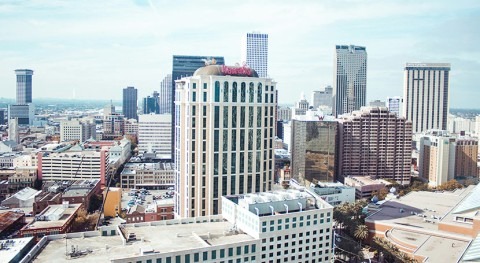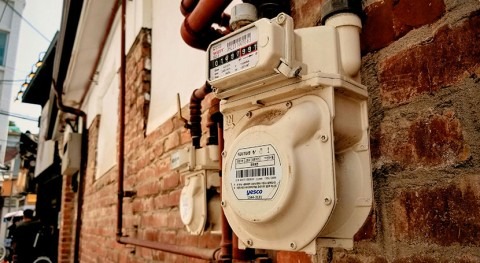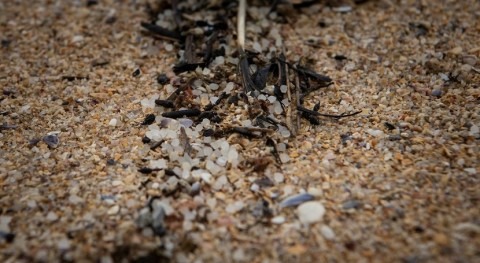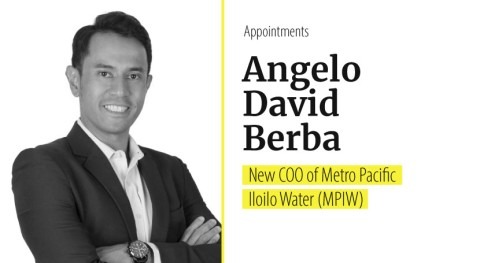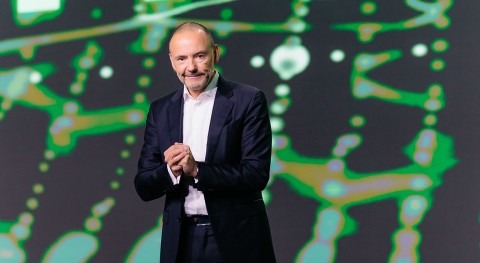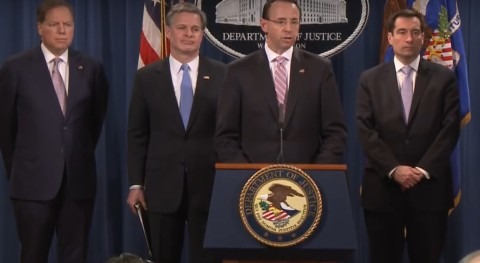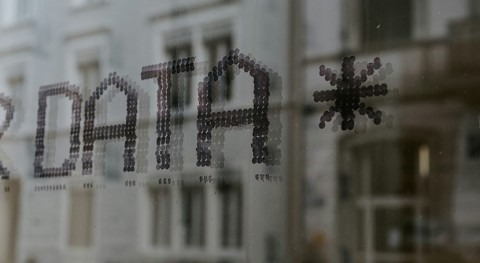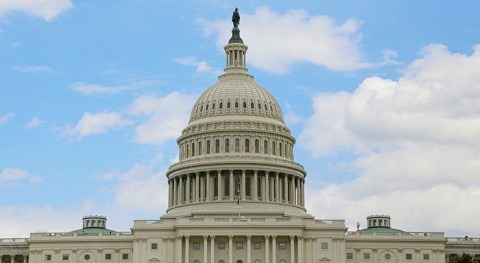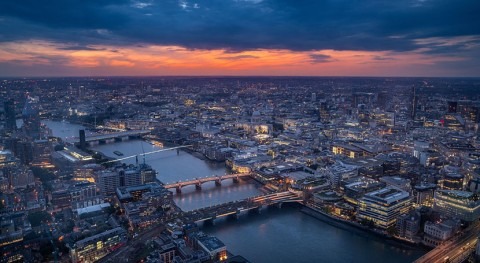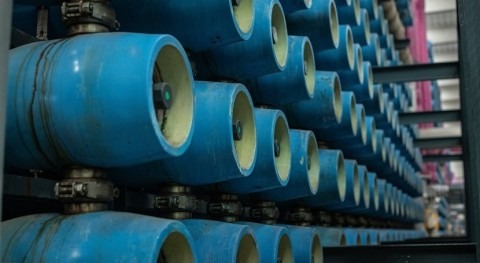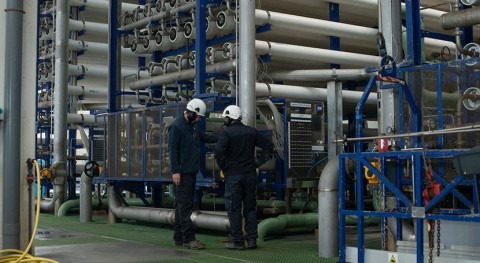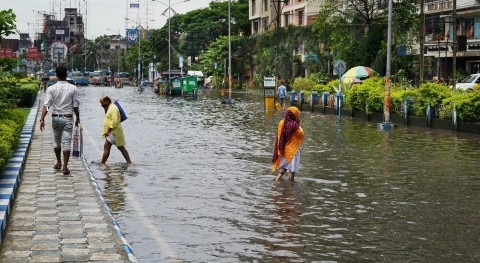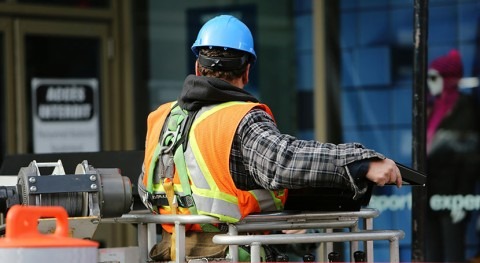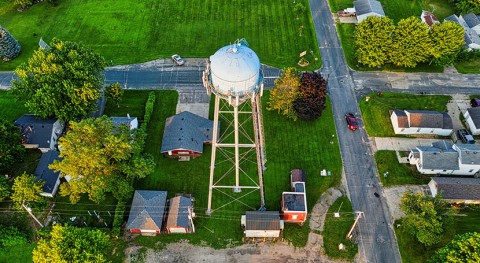Iván Lucich, Executive President of Sunass, has participated in the first of two sessions on investment plans in Latin American countries during INVESTAGUA, held on Monday April 19.
Latin America faces the challenge of improving access as well as the quality and affordability of water and sanitation services. Iván Lucich has outlined the investments planned in water infrastructure in Peru over the coming years.
In his talk he mentioned six points. Firstly, he started describing the institutional arrangements related to drinking water and sanitation in Peru. The Ministry of Housing, Construction and Sanitation (MVCS) has oversight responsibilities, and in some cases implementing responsibilities jointly with regional governments, who can use their budget for water and sanitation projects. There is also the Technical Body for Sanitation Services Management (OTASS), whose competences include company interventions if they do not comply with requirements. Currently, 19 companies have been subject to intervention by the OTASS, a body linked to the MVCS.
And there are the local and provincial governments, which own the water companies. "Service provision is highly fragmented" noted Iván Lucich. "We are thus working on integration. From 50 we should go down to 20 or 25, and therefore we would take advantage of economies of scale”, he explained.
Finally, SUNASS is the sanitation services regulation authority, responsible for approving the water and sanitation tariffs for each of the companies providing services. "As regulators we must ensure there is a balance between the quality of services and water tariffs", said Iván Lucich.
Sunass can regulate, oversee and solve commercial and operational problems between companies and service users. "In Peru, regulatory entities are independent and are beyond the limits of government, thus they have a very important role", he noted, and "as regulators we must ensure there is a balance between the quality of services and water tariffs, considering that limitations are due to the technical and financial capacity of service providers".
Regarding the gap in access to water services, Iván Lucich said that close to 98% of rural homes do not have access to safe drinking water, whereas the percentage is 48% in urban homes. Concerning sewerage services, the gap in rural areas is 54%, and 10.5% in urban areas. Moreover, 20.8% of the wastewater does not undergo treatment, according to him.
Iván Lucich explained that 118 billion soles (€28 billion) would be necessary to attain quality water and sanitation services in the long term in Peru.
Another gap involves natural infrastructure: “Water resources are unevenly distributed in Peru. About 80% of the population and 80% of the national production concentrates on the coast, in a desert area. It depends on the health of the surrounding ecosystem", he stated. There has been a gradual loss of the natural ecosystem, and a large part of the country depends on it for water.
How much progress has been made? Iván Lucich shared that, according to estimates in the National Sanitation Plan (2017-2021), an investment of €12 billion was required. But the pace of investment has been €1 billion per year, "a significant lag compared to the expected investment in this period".
In terms of the type of financing, he revealed that "tariffs collected through water companies comprise an important amount to invest in recovering natural areas to improve water availability". With it, "we expect to obtain 154 million soles (€33 million) through a mechanism of payback for ecosystem services. We have a portfolio with more than 8 billion soles (€2 billion) for 18 water projects that will benefit 10 million people".
€200 million have been invested through public private partnerships (PPP), “which is very slow if we take into account the gap”. He also noted that 72% of the PPP projects involve co-financing; 13 PPP projects are co-financed, and 5 PPP projects are self-financed.
Iván Lucich gave as an example the Titicaca wastewater treatment plant, a co-financed concession project where the MVCS is responsible for operation and maintenance.
He also talked about the impact of climate change, and how it varies even within the same basin, given the country's relief. He highlighted the case of Lima, a city in a desert, where every year they forecast precipitation and water comes from transfers.
He closed stating that "any solution needs to take into account ecosystem resilience and management".





